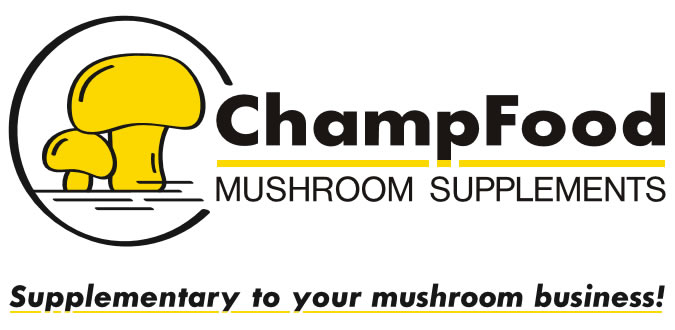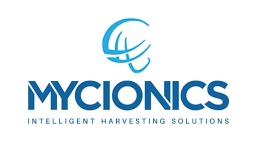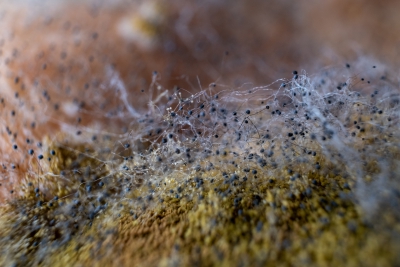Article of Mycostories in partnership with Solid Fermentation Innovation a consulting company specializing in research, development, scale-up and downstream processes of solid-state fermentation based products.
Solid-State Fermentation (SSF) has been with us for centuries. From koji and tempeh in Asia to traditional fermented cheeses and starters in Europe, SSF was how many cultures learned to work with microbes long before we used bioreactors and autoclaves. In the 1960s and 70s, the technique found a new home in enzyme production, with fungi used to produce amylase, chitinase, and proteases at commercial scale. Around the same time, SSF also entered the agricultural world as a method for producing biocontrol agents, mostly fungal spores grown on solid carriers.
Why Solid-State Fermentation Is Gaining Ground
But in the last three to five years, something big has shifted. We’ve seen a surge of interest in SSF across multiple industries. Why now? The reasons are both practical and cultural. On the one hand, SSF offers a compelling business case: it typically requires lower CAPEX (capital expenses) and OPEX (operational expenses) than submerged fermentation, it supports circular economy models through the use of agro-waste and side streams, and it enables the production of a wide diversity of metabolites and biomass types. On the other hand, the cultural rise of fungi, from gourmet mushrooms to mycelium leather, has helped shine a light on SSF as a forgotten but powerful platform.
A growing, cross-sector wave of innovators is embracing SSF. As Dr. Barak Dror, co-founder and CEO of Solid Fermentation Innovation (SFI), puts it: “We saw early signs of this shift and started tracking it closely, what emerged was a broad movement across industries, each adapting SSF to their own needs.” SFI’s recently updated open-access database lists over 90 companies, from meat alternative startups to biocontrol firms, now applying SSF to produce everything from mycoprotein and enzymes to packaging foams and active pharmaceutical ingredients. That breadth tells a story: while SSF is still considered niche, it’s quickly gaining traction as a promising method for working with fungi and other microorganisms in high-impact applications.
Please read the full article here.
Source: Mycostories






















